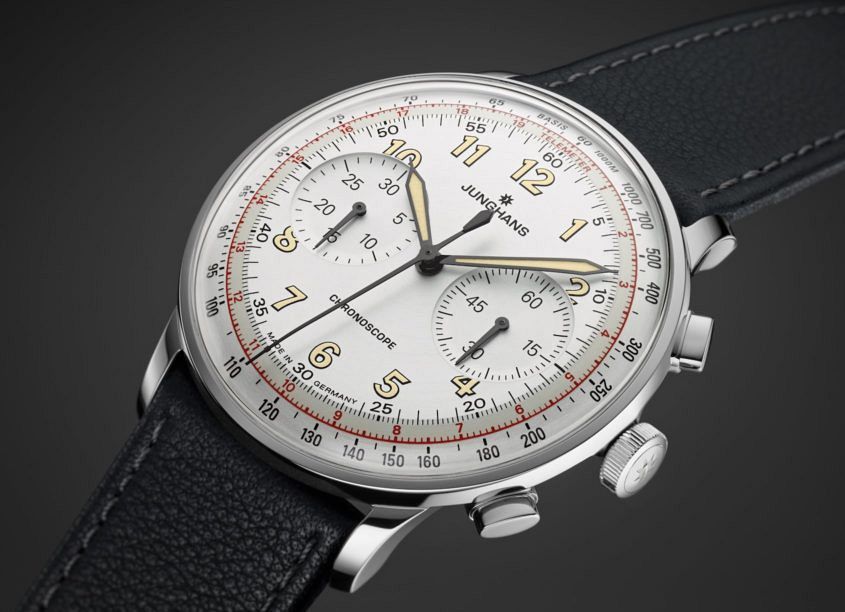 Over the last few weeks we’ve written three (count them, one, two and three) pieces explaining the what of watches. Thus far we’ve been pretty general, but today we get a lot more particular. Today we’re talking chronograph scales — those numbers at the edge of the dial that we’re pretty sure no one really uses. But they do have a function. And here are three of the more common variants you’ll see … Tachymeter scale The tachymeter is far and away the most common scale printed on the bezel or the dial of a chronograph. Often associated with racing watches, due to its ability to measure speed over a known distance, a tachymeter is an incredibly esoteric complication that will barely, if ever, see practical use in the real world. It does, however, look cool, and certainly succeeds in evoking a sense of speed, thanks in part to its visual similarity to a speedometer. How does it work? The tachymeter is printed around the edge of the dial or, more commonly, either printed or engraved on a fixed external bezel that encircles the dial. Tachymeter scales tend to start around the 7-second mark, but can start as late as…
Over the last few weeks we’ve written three (count them, one, two and three) pieces explaining the what of watches. Thus far we’ve been pretty general, but today we get a lot more particular. Today we’re talking chronograph scales — those numbers at the edge of the dial that we’re pretty sure no one really uses. But they do have a function. And here are three of the more common variants you’ll see … Tachymeter scale The tachymeter is far and away the most common scale printed on the bezel or the dial of a chronograph. Often associated with racing watches, due to its ability to measure speed over a known distance, a tachymeter is an incredibly esoteric complication that will barely, if ever, see practical use in the real world. It does, however, look cool, and certainly succeeds in evoking a sense of speed, thanks in part to its visual similarity to a speedometer. How does it work? The tachymeter is printed around the edge of the dial or, more commonly, either printed or engraved on a fixed external bezel that encircles the dial. Tachymeter scales tend to start around the 7-second mark, but can start as late as…
The post The ultimate watch glossary – chronograph scales. What they mean and how they work appeared first on Time and Tide Watches.